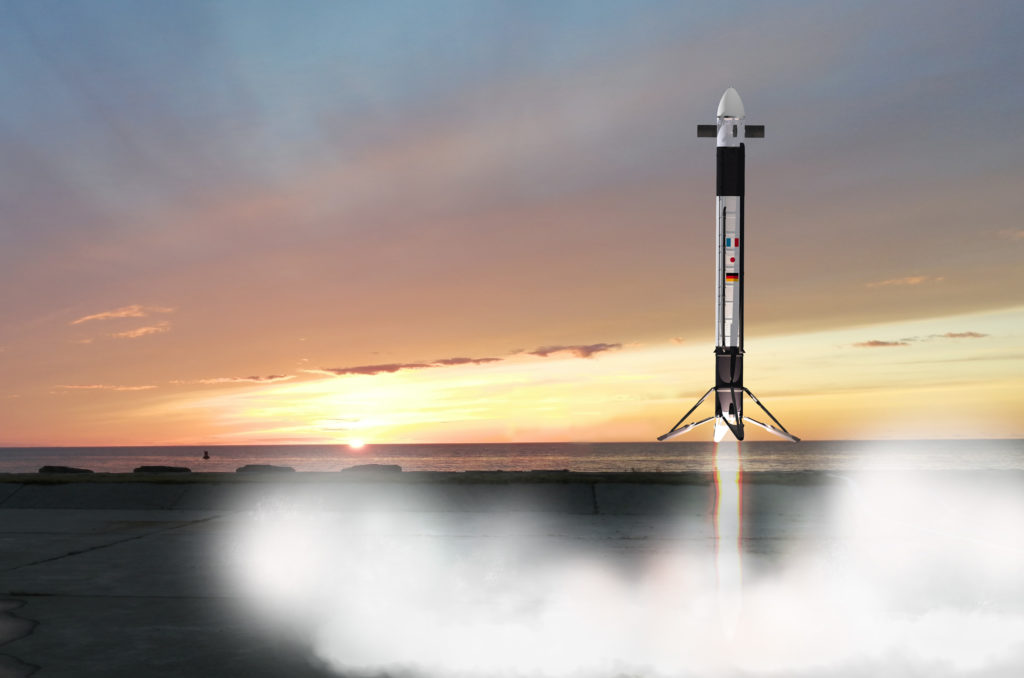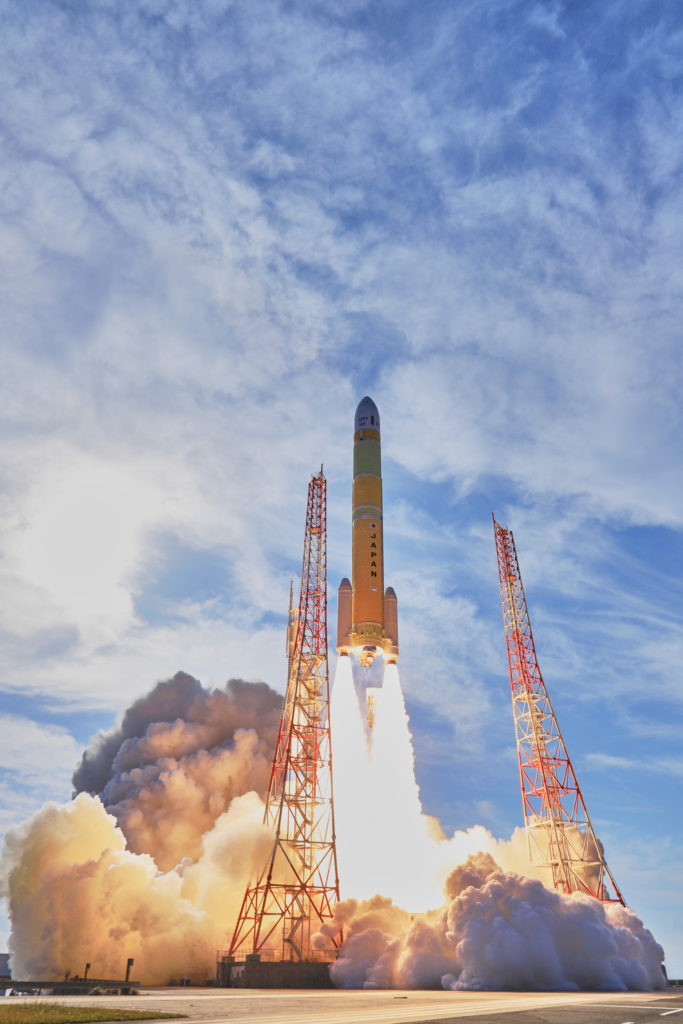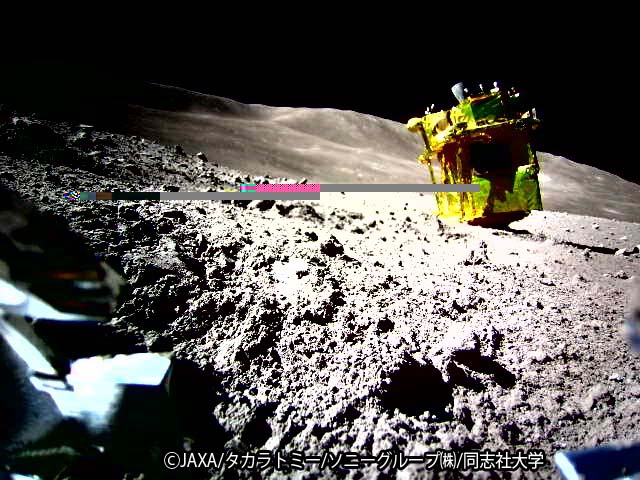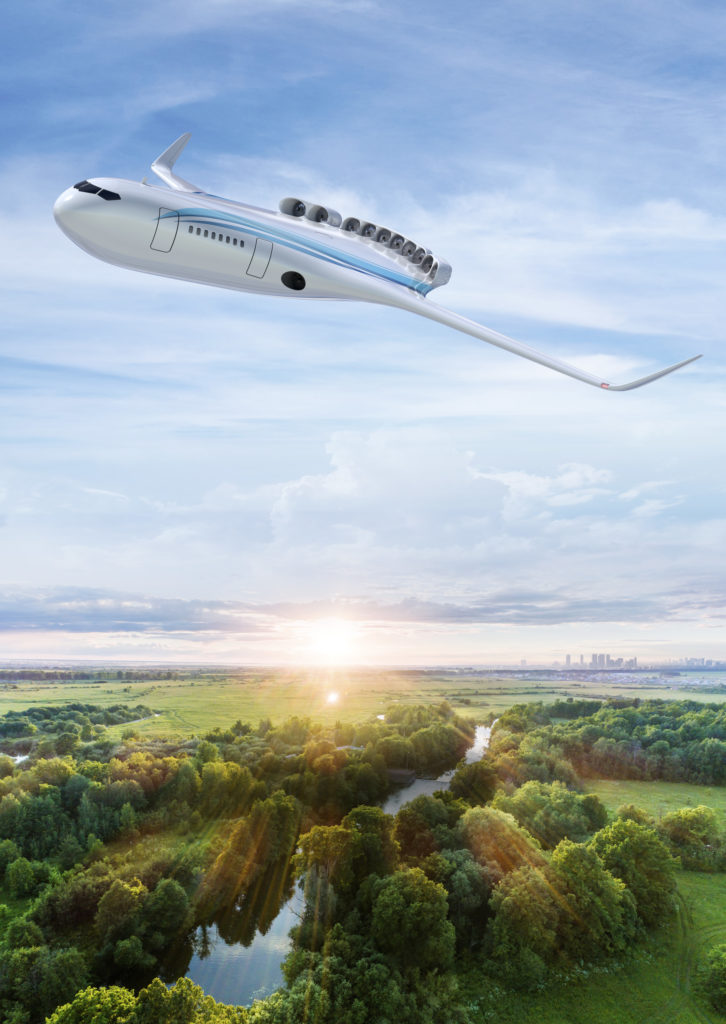Reaching the Space Frontiers
The Japan Aerospace Exploration Agency (JAXA) is a national research and development agency in Japan that, driven by science and technology, aims to lead society and create value. JAXA carries out various activities from basic research to the development and utilisation of space technologies and aeronautics.
Recent JAXA highlights include the successful launch of the H3 Launch Vehicle Test Flight No.2 (H3TF2), Japan’s next-generation heavy-lift rocket, which completed its goals of flight demonstration and the separation of its small secondary payloads.
JAXA’s small lunar landing demonstrator SLIM recently achieved a ‘pinpoint landing’ on the lunar surface and acquired valuable data from its multi-band spectroscopic camera.
The X-ray Imaging and Spectroscopy Mission (XRISM) launched alongside SLIM on JAXA’s H-IIA Launch Vehicle No. 47, completing its commissioning period as planned and is now in its nominal operations phase.
JAXA will continue to boost Japan’s activities in space and bring to life significant missions that contribute to the future of humanity.
Links:
JAXA Public Affairs Department
E-Mail PROFFICE@jaxa.jp
Copyright: JAXA
Martian Moons eXploration (MMX) Mission
The world’s first sample return mission from the Martian moon, Phobos
The Martian Moons eXploration (MMX) mission is a project to explore the two moons of Mars and is planned for launch in two years. Approximately one year after leaving Earth, the spacecraft will arrive in Martian space and enter into orbit around the Red Planet. It will then move into a ‘Quasi Satellite Orbit’ around the Martian moon Phobos to collect scientific data and gather a sample from its surface. After making observations and collecting its sample of material from Phobos, the spacecraft will return to Earth. MMX is currently scheduled for launch in Japan Fiscal Year (JFY) 2026, followed by Mars orbit insertion in JFY 2027 and return to Earth in JFY 2031. The spacecraft is equipped with 13 instruments to investigate the two moons and the environment around Mars, with instrument contributions from NASA and the French Space Agency CNES.
MMX will also carry the IDEFIX rover developed jointly by the German Aerospace Center (DLR) and CNES. IDEFIX will explore the surface of Phobos before MMX lands to collect samples, providing in-situ data about the moon and substantially increasing the safety of the landing.
Exploring Mars’ moons will help improve technology for future planetary and satellite exploration, for example by advancing the technologies required to make round-trips between the Earth and Mars, advanced sampling techniques that will be employed on the Martian moon’s surface and optimising communication technologies using NASA’s Deep Space Network (DSN) of ground stations.
A major scientific goal for the mission is to clarify the origin of the two Martian moons and the evolution of the ‘Martian Sphere’ (Mars, Phobos and Deimos). MMX will also help elucidate the migration process of organic matter and water in the early Solar System and how they were supplied to celestial bodies.
Links:
JAXA Public Affairs Department
E-Mail PROFFICE@jaxa.jp
Copyright: JAXA
CALLISTO
Paving the way to reusability in Japan and Europe
Cooperative Action Leading to Launcher Innovation for Stage Toss-back Operation (CALLISTO) is an international cooperative project to develop and fly a reusable rocket demonstrator. JAXA, DLR and CNES are working together on CALLISTO based on their shared view that reusability is a potential way of effectively reducing launch costs. The ‘Vertical Take-off and Vertical Landing’ (VTVL) first stage is a promising concept for this first step.
JAXA is aiming to master the key technologies to recover future reusable, operational first stages and to reuse them throughout CALLISTO’s development and operation. A flight campaign with up to ten flights is planned from Europe’s Spaceport in French Guiana. CALLISTO plays an important role in both Japanese and European space transportation roadmaps.
CALLISTO has a fuselage diameter of 1.1 metres, a total height of 13.5 metres and a mass of 3600 kilograms at launch. The vehicle’s configuration is characterised by four deployable ‘fins’ and four deployable landing legs, which are used to land the vehicle on a designated landing area.
One single rocket engine – an improved version of a small experimental engine developed by JAXA – propels CALLISTO to an altitude of about 20 kilometres and a speed of Mach 1. The engine is reusable, re-ignitable and its thrust can be continuously varied from 16 kilonewtons to 46 kilonewtons at sea level. It is propelled by liquid oxygen and liquid hydrogen.
Link:
JAXA Public Affairs Department
E-Mail PROFFICE@jaxa.jp
H3 Launch Vehicle
Leading the world in space transportation
The H3 Launch Vehicle is Japan’s next-generation heavy-lift rocket. It has been developed as the successor to the H-IIA to continue transporting satellites, probes and other space-faring objects in a stable, safe manner.
Its first successful launch was on 17 February 2024, when the rocket (designated H3TF2 – H3 Launch Vehicle Test Flight No.2) flew as planned and completed all of its missions, including a second-stage orbit insertion, the separation of two piggyback satellites and a controlled re-entry.
The next launch will carry the Advanced Land Observing Satellite-4 ‘DAICHI-4’ (ALOS-4) and is scheduled for 30 June 2024. Thereafter, the H3 will continue to launch numerous missions including HTV-X and MMX.
In recent years, many satellites that directly impact our lives have been transported to space, and so utilising space has become part of our daily reality. In such a progressive society, the H3 aims to become a launch vehicle that attracts attention not only in Japan but also around the globe – as an easy-to-use space transportation system. To achieve this, JAXA is striving for H3 to be highly flexible, reliable and cost-effective.
JAXA offers two types of fairings, either two or three units for the first-stage engines (LE-9) and zero, two or four solid rocket boosters (SRB-3) to cope with various payload sizes and their orbits. The H3 can deliver a payload of at least 6.5 tonnes into geostationary transfer orbit, exceeding the capabilities of the H-IIA and H-IIB launch vehicle.
Main specifications
- Length: 63m (Long type (L)), 57 m (Short type (S))
- Core vehicle diameter: 5.2 m
- Total mass (without payload): 575 t(H3-24L)
- Fairing: Long type (L), Short type (S)
- PAF diameter: 937 mm, 1194 mm, or 1666 mm
Launch capability
- 4 tonnes or even more to Sun-synchronous orbit (SSO)
- 6.5 tonnes or even more to geostationary transfer orbit (GTO) (ΔV=1500 m/s)
Links:
JAXA Public Affairs Department
E-Mail PROFFICE@jaxa.jp
SLIM (Smart Lander for Investigating Moon)
From “Landing where we can” to “Landing where we want”
The Smart Lander for Investigating Moon (SLIM) demonstrated its pinpoint landing technology, that can touch down on a target location with unprecedented accuracy, as it successfully performed Japan’s first Moon landing.
On January 20, 2024, SLIM landed 55 metres away from the target site. At an altitude of about 50 metres, where the pinpoint landing performance was evaluated, the position error was about 10 metres or better. SLIM became the first lunar lander to achieve a pinpoint landing.
Due to an abnormality that meant the loss of one of the two main engines approximately 50 metres above the lunar surface, the orientation upon landing was not as expected, resulting in the solar panels initially not generating power. However, the essential data for pinpoint landing technology was achieved while SLIM was operating on battery power on the Moon.
SLIM also successfully deployed the small onboard probes LEV-1 and LEV-2. LEV-2 (nicknamed SORA-Q) captured images of the area around SLIM once landed and transmitted these to the ground via LEV-1’s communication equipment.
About eight days after landing, the sunlight’s direction changed and SLIM began generating electricity from its solar panels. SLIM resumed lunar observations and acquired valuable data from its multi-band spectroscopic camera.
Subsequently, the Moon entered a long night lasting about two weeks meaning SLIM’s solar panels couldn’t generate power, causing it to enter temporary hibernation. SLIM successfully survived three overnight periods on 25 February, 27 March 27 and 23 April, enduring the harsh environment of the Moon’s day (at about 110 degrees) and night (about – 170 degrees), despite not being designed for overnight survival, reinitiating communication with Earth the following day.
SLIM’s achievements during this mission are expected to contribute to future international space exploration efforts, including the Artemis programme.
Links:
JAXA Public Affairs Department
E-Mail PROFFICE@jaxa.jp
MEGAWATT (demonstration of Massive Electric Generation for Aircraft and Wake Adaptive Thruster Technologies)
Beyond the limit of fuel efficiency to reduce carbon dioxide emissions
JAXA is working on a technology demonstration project called MEGAWATT that aims to take initiative in the area of passenger planes with megawatt-class electric hybrid propulsion systems, by integrating key technologies from Japanese industries.
MEGAWATT’s mission is to develop and demonstrate an electric hybrid propulsion system for jet aircraft. The highly matured integrated system should be able to handle high electrical power, thereby enabling Japanese companies to lead the way in electrification by leveraging their innovative technologies.
The results will be transferred to Japanese industries and aircraft OEMs, contributing to international standardisation efforts, the electrification of next-generation passenger fleets as well as carbon compatibility.
Links:
JAXA Public Affairs Department
E-Mail PROFFICE@jaxa.jp



